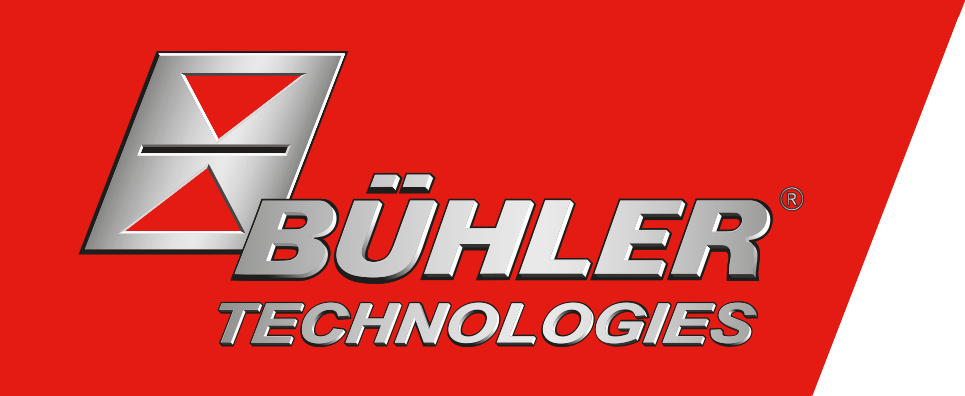19/06/2024
Without a doubt, international shipping on the world's oceans and inland waterways contributes measurably to greenhouse gas and pollutant emissions. Their propulsion engines largely burn fuels with high sulphur content and generally lower purity. This problem has been recognised, and the transformation of ship propulsion systems is being initiated worldwide. Accordingly, stricter emission limits have been set and are being successively implemented. The International Maritime Organization (IMO) establishes environmental protection regulations for maritime shipping in the "International Convention for the Prevention of Pollution from Ships" (MARPOL Convention).
Equally, without doubt, this transformation process will extend over decades, as it is economically nearly impossible for many countries to retrofit their fleets in a short period. Similarly, it is unrealistic to provide low-emission or even emission-free propulsion systems in large numbers within a few years.
Since inaction is not an option, efforts began some time ago to significantly reduce both the pollutant content in fuels and the emissions from ship engines using appropriate exhaust gas cleaning systems.
Exhaust gas scrubbers are often used for this purpose. These devices dissolve gaseous pollutants in water and discharge them directly into the sea. When these scrubbers operate in an open-loop system, the problem is shifted from the air to the water. Therefore, ongoing efforts are being made to develop improved exhaust gas cleaning methods, one of which is to operate scrubbers in a closed-loop system. Here, the wastewater is collected and disposed of on land.
Whatever may be considered the lesser evil in exhaust gas cleaning, the aforementioned environmental regulations mandate compliance and monitoring of permissible limit values. This necessitates exhaust gas analysis systems that are specifically designed for ship operations and approved by classification societies.
Bühler Technologies has long been active in this application area, offering a comprehensive programme ranging from gas sampling points and measurement gas transport to conditioning and analytical evaluation. The newest member of this family is the BA 3 MA analyser.
This device has DNV certification according to test specification CG 03 339 and is approved in accordance with regulation MEPC 259(68). It quickly and clearly provides all key parameters for emissions monitoring on ships. These include the measurement of SO2 (NDUV with a range of 0-100 ppm) and CO2 (NDIR with a range of 0-10 vol.-%) and the output of the SO2/CO2 ratio in ppm/vol.-%. All status, limit value, and alarm messages are clearly displayed on the touch display and can additionally be output via potential-free relay contacts and Modbus TCP. Measurement values can be retrieved in both analogue and digital form via Modbus TCP.
Regardless of which exhaust gas cleaning methods will prevail in the future, using our marine components, you have a future-proof solution for emissions monitoring in the maritime sector at your disposal.



